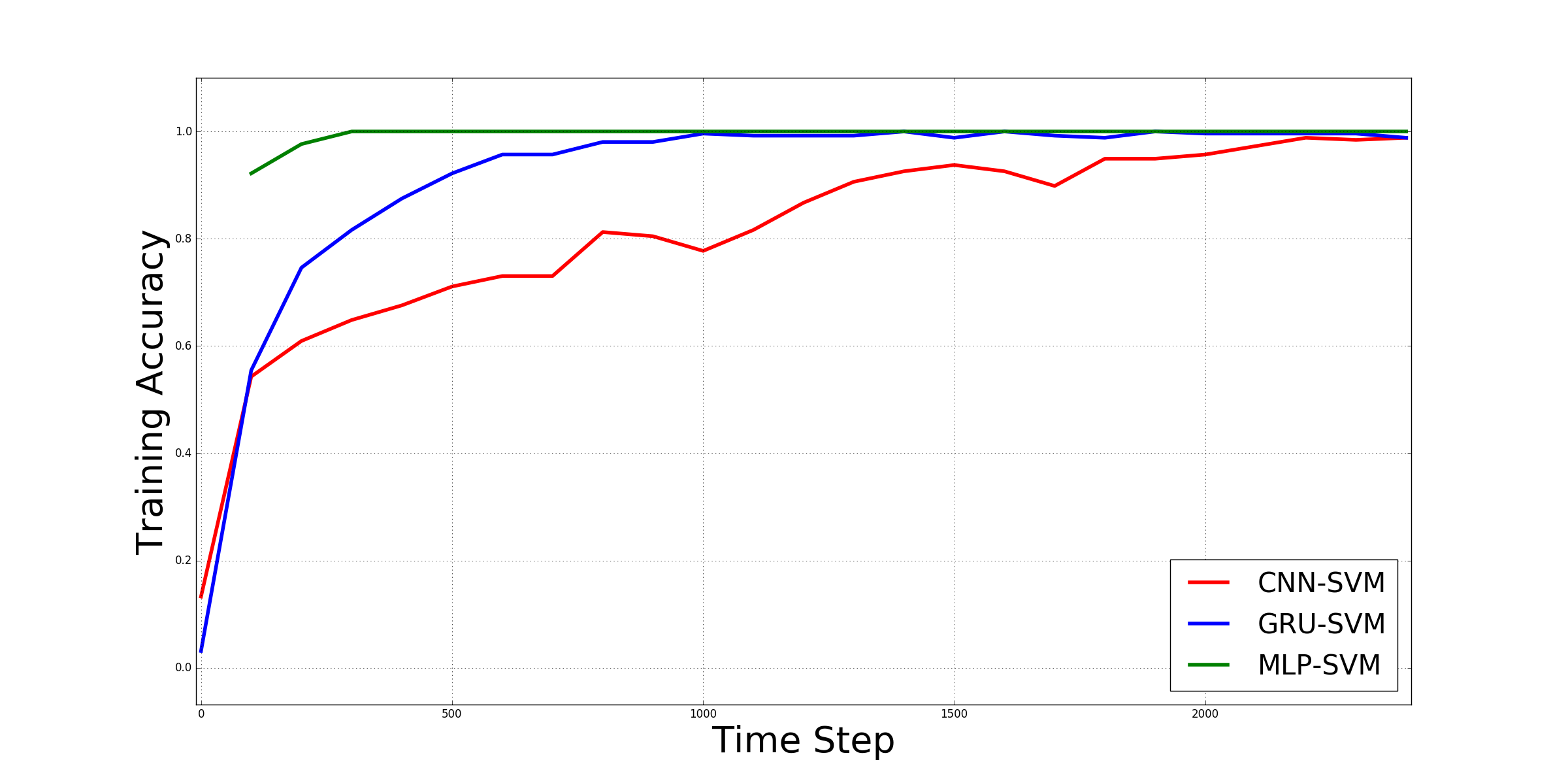Towards Building an Intelligent Anti-Malware System: A Deep Learning Approach using Support Vector Machine (SVM) for Malware Classification
Effective and efficient mitigation of malware is a long-time endeavor in the information security community. The development of an anti-malware system that can counteract an unknown malware is a prolific activity that may benefit several sectors. We envision an intelligent anti-malware system that utilizes the power of deep learning (DL) models. Using such models would enable the detection of newly-released malware through mathematical generalization. That is, finding the relationship between a given malware $x$ and its corresponding malware family $y$, $f: x \mapsto y$. To accomplish this feat, we used the Malimg dataset (Nataraj et al., 2011) which consists of malware images that were processed from malware binaries, and then we trained the following DL models 1 to classify each malware family: CNN-SVM (Tang, 2013), GRU-SVM (Agarap, 2017), and MLP-SVM. Empirical evidence has shown that the GRU-SVM stands out among the DL models with a predictive accuracy of ~84.92%. This stands to reason for the mentioned model had the relatively most sophisticated architecture design among the presented models. The exploration of an even more optimal DL-SVM model is the next stage towards the engineering of an intelligent anti-malware system.
PDF AbstractDatasets
Results from the Paper
 Ranked #2 on
Malware Classification
on Malimg Dataset
(Accuracy metric)
Ranked #2 on
Malware Classification
on Malimg Dataset
(Accuracy metric)




 Malimg
Malimg